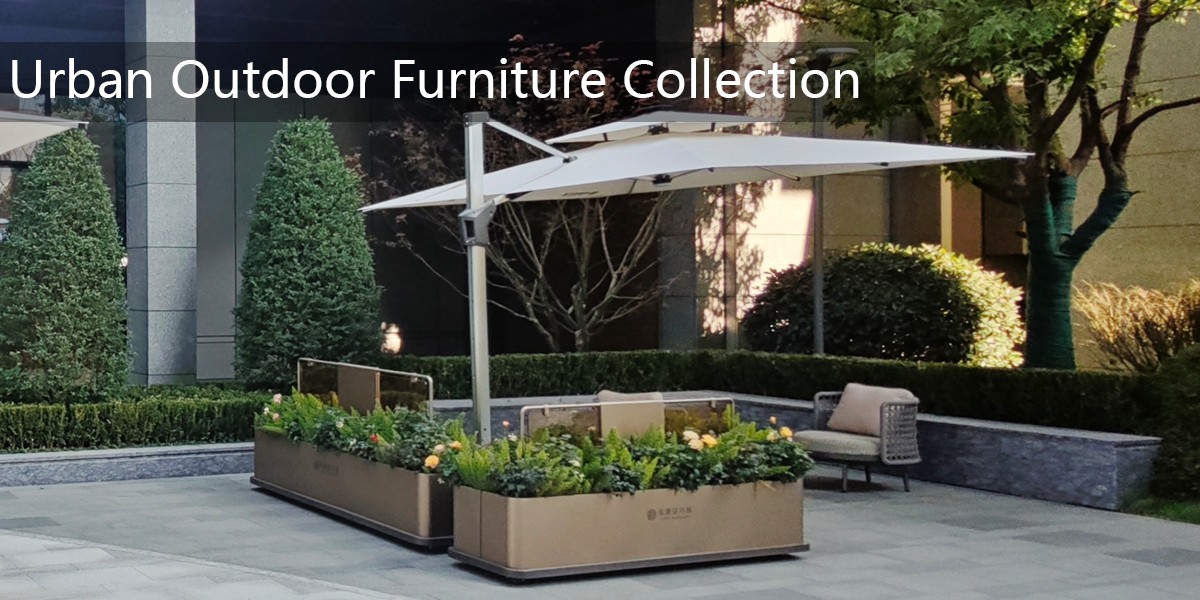Outdoor sculptures serve as a dynamic bridge between art and nature, particularly in the context of grassed waterways. These artistic installations often mirror the organic flow and ecological significance of waterways, transforming functional landscapes into visually engaging public spaces. By incorporating materials like weathered stone or recycled metals, sculptures echo the natural textures of grassed channels while highlighting sustainability.
Artists frequently draw inspiration from the waterway’s role in erosion control and habitat creation, crafting pieces that mimic rippling water or native flora. Such works not only beautify these areas but also educate viewers about environmental stewardship. For instance, abstract sculptures with undulating forms can symbolize the movement of water, while kinetic installations respond to wind or rain, reinforcing the connection between art and ecosystem dynamics.
Moreover, strategically placed sculptures guide foot traffic, preventing damage to sensitive grassed areas. This synergy between creativity and conservation demonstrates how public art can amplify the ecological and aesthetic value of grassed waterways, making them focal points for community engagement and environmental awareness.


